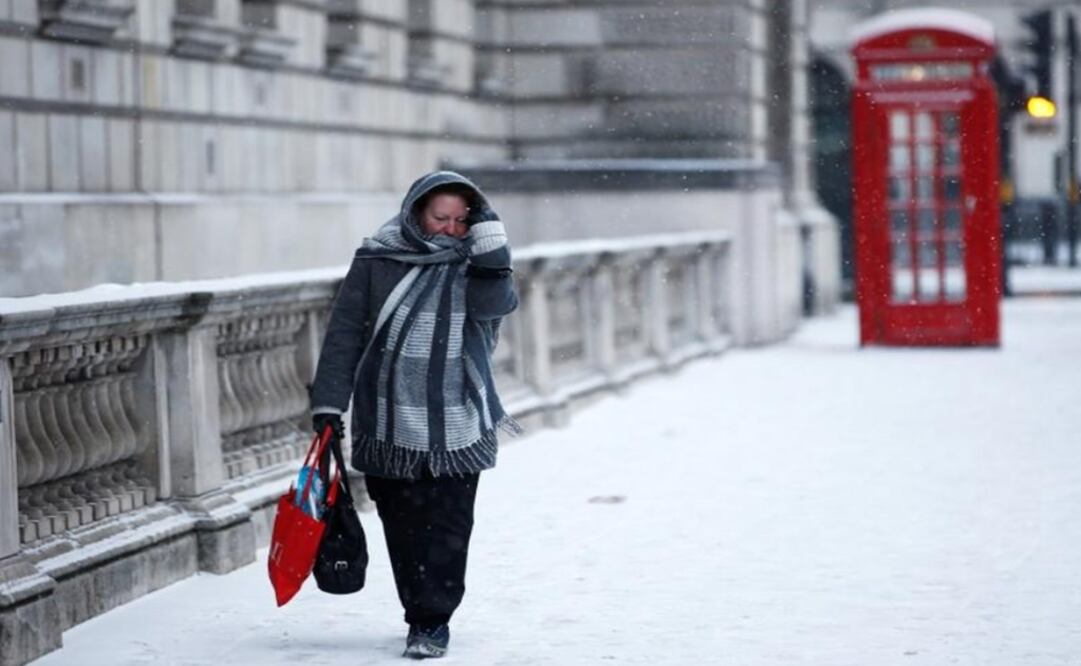Más Información

Suprema Corte determina que no se pueden revisar sentencias pasadas de las extintas Salas; “decisión es definitiva”, señala

General Motors de México despide a mil 900 trabajadores en Coahuila; días antes anunció millonaria inversión en el país
A freak warming around the North Pole is sending a blast of Arctic cold over Europe in a sign of “ wacky ” weather that may happen more often with man-made global warming , scientists said on Monday.
A rare snowstorm hit Rome , Italy , the heaviest snowfall in six years while cities from Warsaw , Poland , to Oslo , Norway , were hit by easterly winds from Siberia dubbed the “ beast from the east ” causing travel chaos as it brought snow, strong winds, and the coldest temperatures for years to many regions since Monday.
Temperatures in Brussels are set to fall to as low as -10°C (14°F) in the coming week, with strong winds adding a further chill factor.
In Germany , temperatures plunged to their lowest so far this winter with a low of -27.5°C recorded at the Zugspitze , Germany’s highest mountain.
In western Bulgaria , heavy snow left thousands without power, disrupting transport and shutting down schools.
Scotland
, Britain , and Ireland are facing the worst weather since 1991 with up to 90 cm of snow and temperatures as low as -10.3°C.
The freeze is expected to continue for much of the week, and the World Meteorological Organization ( WMO ) said daily minimum temperatures below 0°C were expected even in southern Europe .
The unusual weather could continue as Storm Emma , packing more snow and ice, approaches western England from Portugal and France .
As long ago as 1973 , a study suggested that an ice-free Arctic Ocean could make regions further south colder. That “ warm Arctic, cold continent ” ( WACC ) pattern is sometimes dubbed “ wacky ” among climate scientists.
Scientists say a long-term shrinking of sea ice on the Arctic Ocean, linked to global warming , exposes warmer water below that releases more heat into the atmosphere. That, in turn, may be disrupting the high altitude jet stream.
Erik Solheim
, Head of the U.N. Environment , said the rare weather fits a wider pattern driven by a build-up of greenhouse gases , mainly from burning fossil fuels from cars, factories and power plants.
A big problem in figuring out whether the Arctic warmth is driven by human activities or natural variations is a lack of measuring stations. There are no thermometers at the North Pole and satellite measurements go back only to the late 1970s.
sg
Noticias según tus intereses
[Publicidad]
[Publicidad]












